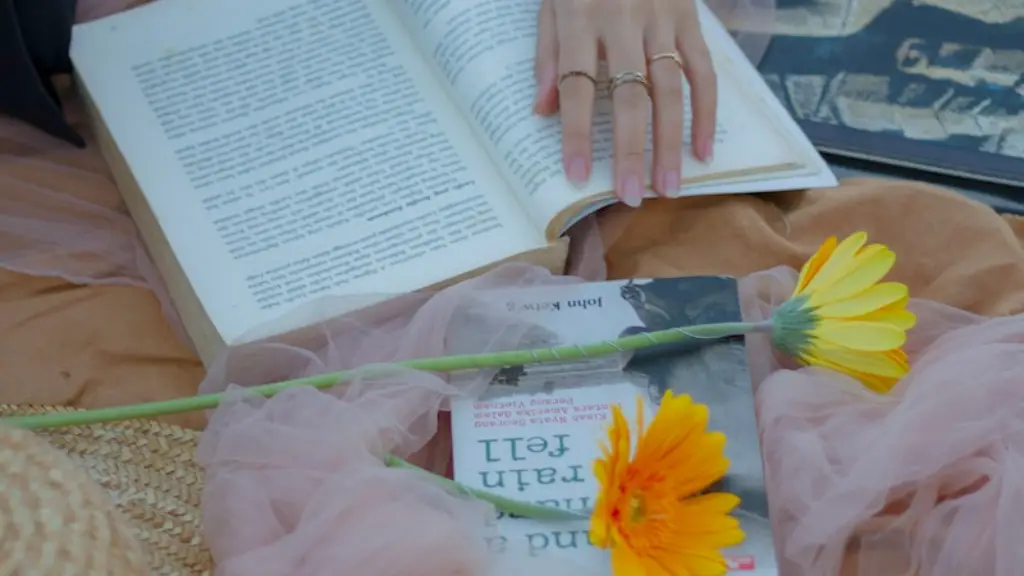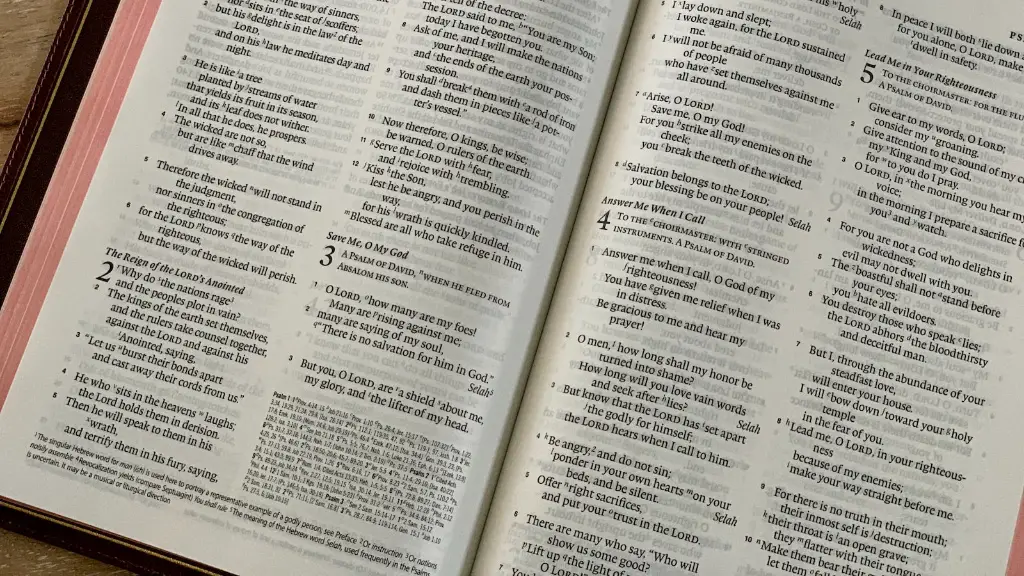Poetry is often thought of as a difficult form of art and analysis, but it doesn’t have to be that way. Teaching poetry to elementary level students can be very rewarding and can teach them much more than just literary devices. By introducing poetry in a fun and interactive way, teachers can unlock creativity, nurture a love for the written word, and strengthen analytical thinking. As with all educational tasks, the teacher must select the right material and potenial activities to ensure learning takes place.
The primary goal of teaching poetry to elementary level students is to help them develop a greater appreciation for narrative and lyrical content. Introducing poetry in fun and creative ways taps into their natural curiosity and imagination, allowing them to explore ideas in their own terms. It is especially important to teach poetry to the younger age group, as this will provide them with a strong foundation for understanding poetry in the future.
When teaching poetry it is important to choose material that is appropriate for their age, understanding and experience. Try to pick a text which matches their interests and avoid material that is too difficult or abstract. This will help to keep their attention and maintain engagement. When selecting material for lessons, look for works that illustrate basic rhyming patterns, vivid real-life scenes and development of plot. By selecting a variety of topics, you can touch on different aspects of poetry and generate more engagement with the lesson.
One of the most fun aspects of poetry is that it is interactive. Students can express themes and ideas through their own poetry, while working with others to create a narrative or lyrical work. A great way to introduce this concept is to have the class collaborate on a bigger project. For example, each student can contribute a line of poetry and the group can combine the lines to create a complete poem. Another great activity is to have the students role-play a poem that has been read in class, with each individual student taking on the role of one of the characters.
It can be tricky to steer lessons in the right direction, especially when it comes to teaching poetry. It is important to have a plan and pre-selected activities so that the lessons are productive and successful. It can also be helpful to provide the students with some background information on the authors or topics covered which will help them understand the works more deeply. Lastly, don’t forget to leave room for creativity. By allowing the students to express themselves and explore ideas within the constraints of the lesson plan and goals, you can create a more meaningful and engaging experience for everyone involved.
Poetry Appreciation
Encouraging poetry appreciation is important when teaching poetry to elementary level students. Providing photographic prompts or word games can help the students practice their creative writing skills in a playful way. Also, asking them to discuss the feelings or ideas presented in a poem can provide meaningful conversations which build on the knowledge of the material. After reading a poem, invite students to find words or phrases which capture the essence of the poem and organize these into a meaningful graphic. Or, have them draw possible conclusions about characters or plotlines and reflect on the messages of the poem.
Critical Analysis
As the students progress they can begin to develop their critical analysis skills. Invite them to describe and compare the styles, tones and themes of different poems. Have them reflect upon the interpretations of one another, probing their thinking and motivations behind their conclusions. They can also be encouraged to write their own interpretations of the poem, while reflecting on the artist’s creativity.
Practical Activities
Incorporating practical activities into lessons is important to consolidate learning and understanding. Show the students how a poem can become a song by providing instrumental accompaniment or storytelling. They can create their own original works by setting any of the poems to music, or producing animations or flip books. By taking their works outside of the classroom and share them with their peers or communities, students can feel a real sense of accomplishment.
Artistic Expression
Encouraging the creative side of learning can help to foster a better understanding and appreciation of poetry. As well as writing, students can explore various methods of conveying the poem. They could use a combination of painting and singing to portray the poem. Or, they could use sculptures or clay to recreate the scenes and characters of the poem. They could choreograph a video-dance or use clowning and theatrical expression to bring the poem to life.
Performance
When students are comfortable and confident with their analysis and understanding of a work, they can showcase their achievments to the class through performance. Invite each student to select a poem which is meaningful or interesting to them. Showcase these works in a performance or staging of the poem. Thest performances could include small presentations using props and costumes, or larger scale productions with costume design and musical accompaniment.
Reflection
These lessons don’t end when the performances are complete. It is important that the students take the time to reflect upon their accomplishments and successes. Ask them to think about the motivations behind the works and the feelings that the poems evoke in them. Encourage them to write about the concert, using their creative writing skills to document the experiences they have shared.


